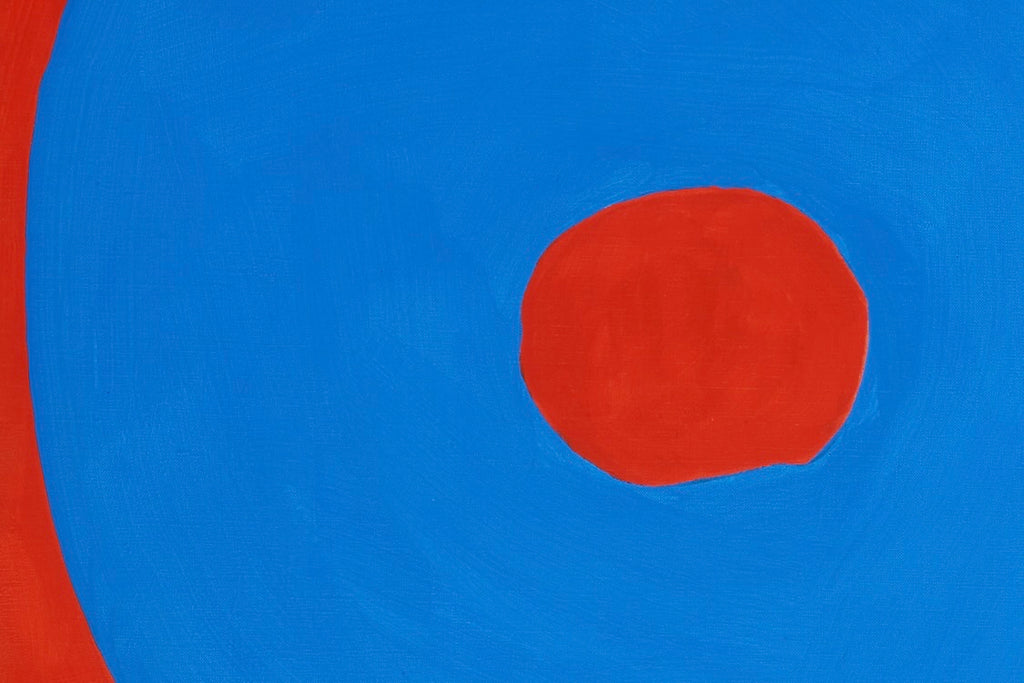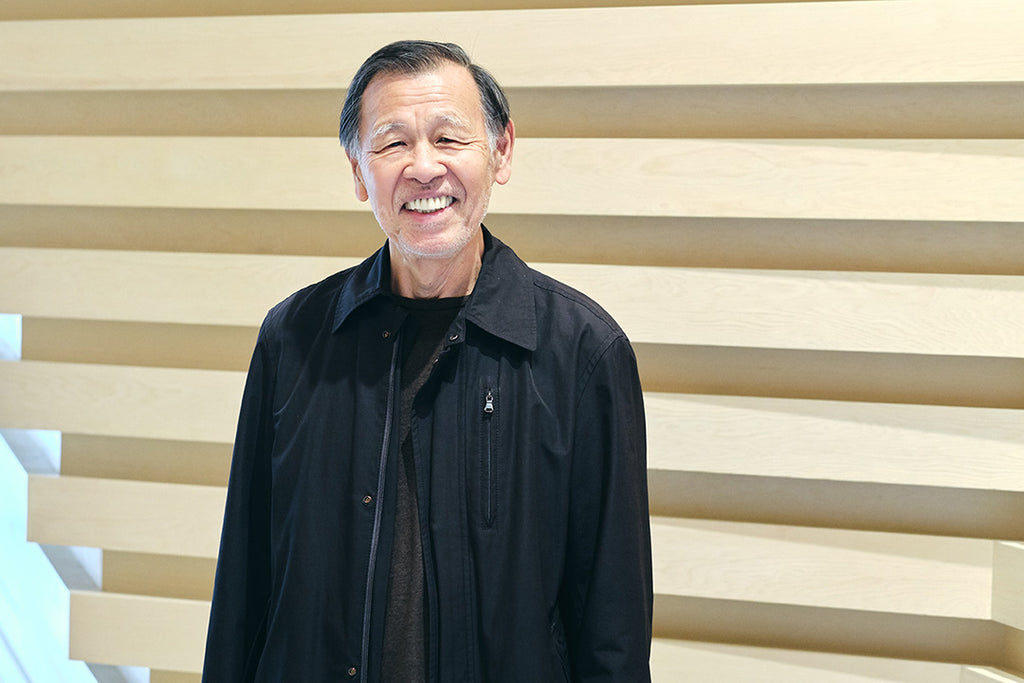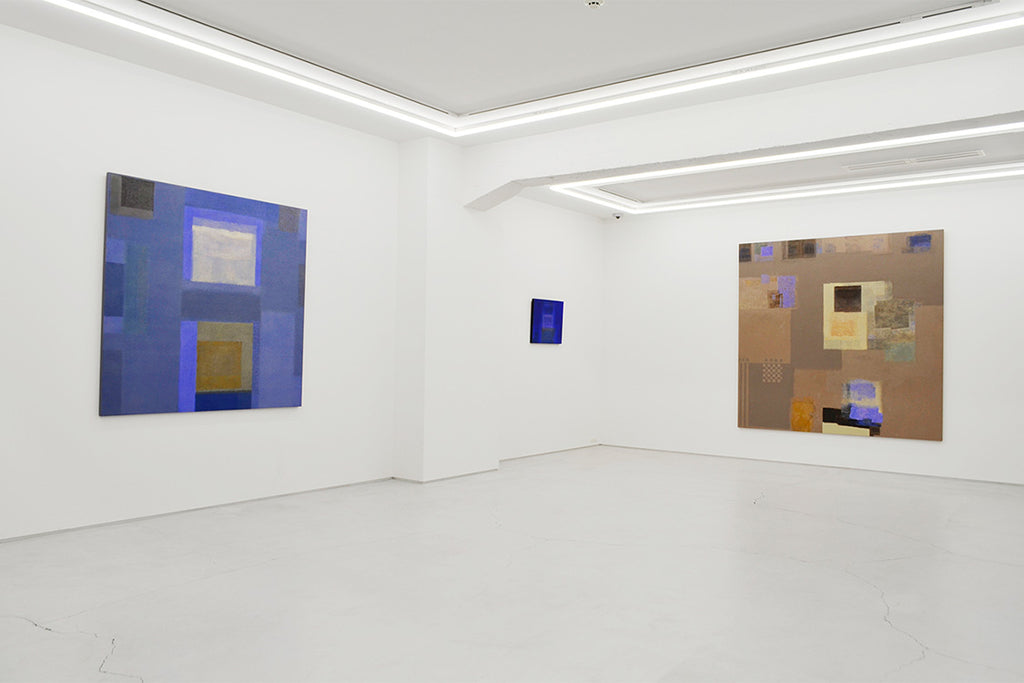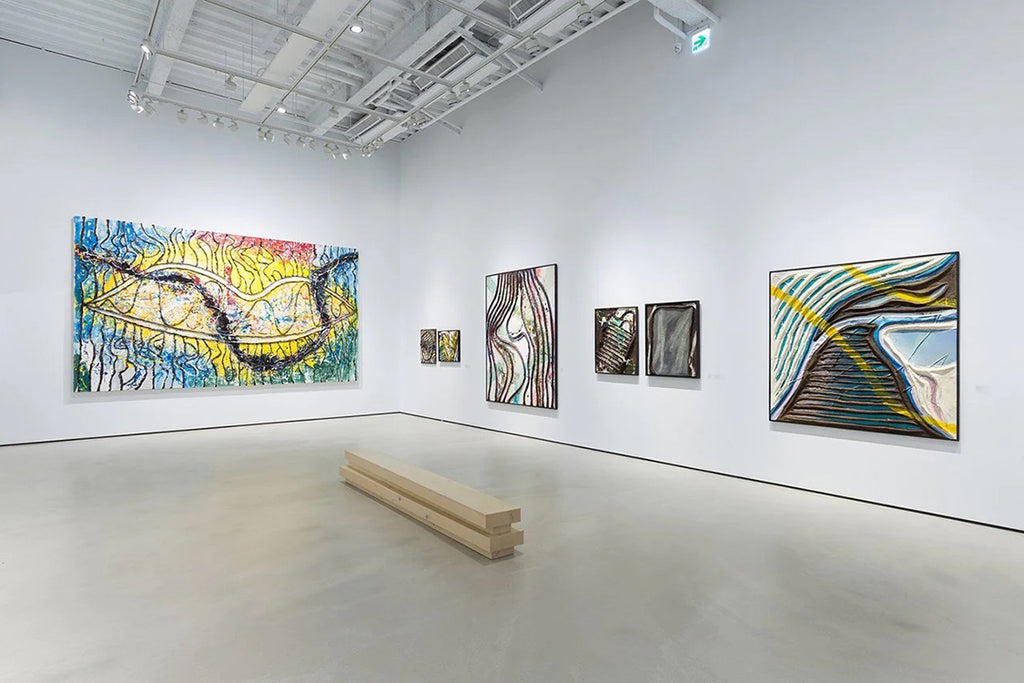ARTICLES
Isobe Yukihisa and Echigo-Tsumari
A New Appreciation Contemporary Japanese and Asian Art
5/23

A New Appreciation Contemporary Japanese and Asian Art
In our ongoing series, we present the digital archive of the book 'A New Appreciation Contemporary Japanese and Asian Art' This book delves into internationally acclaimed artists and the dynamics of the Asian art market. The fifth installment introduces Isobe Yukihisa.
Isobe Yukihisa and Echigo-Tsumari
Kei Okuno
The 2018 Echigo-Tsumari Art Field: Inauguration of a Museum Dedicated to Isobe’s Art
It was my great pleasure to spend the summer of 2018 in the Tsumari region for the 7th Echigo-Tsumari Art Trienniale. The Isobe Yukihisa Memorial Echigo-Tsumari Kiyotsu Soko Museum of Art (SOKO), an abandoned elementary school renovated to store and exhibit the artist’s works, was opened in Tokamachi City, Niigata Prefecture as a celebration of Isobe’s art with installations of new works outdoors and recreations of three previous installations. This provided an unprecedented opportunity to view the range of Isobe's art from his early works to installations created for Satoyama.
Isobe’s Intention and Message
A path marked by yellow poles in a Nakazato Horinouchi rice field gives a sense of where a riverbed had once been. Following the poles is like being guided along the riverbank by the wind. The poles were removed after the Triennale and now exist only in photos, but I cannot forget the thrilling experience.
Contemporary Art and Town Revitalization: The 2000 Echigo-Tsu.mari Art Triennial
We became acquainted with Isobe in 1996 when Fram Kitagawa was appointed General Coordinator of the Echigo-Tsumari Art Necklace Project, the regional revitalization project proposed by Niigata Prefecture. Art Front Gallery was entrusted with its production and management. Kitagawa’s suggested revitalization through contemporary art seemed rash at the time but resulted in the Echigo-Tsumari Art Triennial, an art festival held once in three years in the landscapes of Satoyama.
Isobe was legendary in the Japanese art world of the 1990s. A contemporary art prodigy in the 1960s, he abandoned art to study ecological planning in the United States and then set up a company to conduct environmental surveys when he returned to Japan. We heard that Isobe had returned to art making and his Art and Environment exhibition at the Meguro Museum of Art P3 Gallery was a startling comeback. Kitagawa later wrote, ‘I’m just grateful for having had the chance to know such an amazing person in contemporary Japan. He penetrated the earth and social fabric, allowing people to better understand the gentle possibilities art has to offer. ‘ (Museum of Contemporary Art, Tokyo Isobe Yukihisa exhibition catalogue, 2007.)

Yukihisa Isobe (r.) overseeing a large-scale monument construction.
Large-scale Installations Featuring the Shinano River
The Echigo-Tsumari Art Trienniale was launched in 2000 amidst difficulties of local village and administrative incomprehension and opposition. To understand the Echigo-Tsumari land configuration, we asked Isobe to carry out a ‘regional planning’ survey. His analysis of weather, climate, and social, geo.logical and historical factors . his ecological planning inventory of ecological resources - became the indisputable manual of the area. At the same time, Isobe was drawn to the Shinano River that defines the region and developed his series of four artworks featuring the Shinano River and a total of six large-scale projects over 20 years: Where Has the River Gone (2000), The Shinano River Once Flowed 25 Meters Above Where It Presently Flows (2003), Agricultural Bugaku Corridor (2006), Natural Levee of Old Shinano River Has Excavated Here in This Area (2009), A Monument of Mudslide (2015), A Monument of Siphon (2018). His materials and methods are surprisingly simple: he installs 3 meter yellow poles along the old river bank and uses flags, phosphorescent light, logs, scaffolding, vinyl banners, and pipe. Realized by villagers and volunteers, the installations are lauded as good examples of local community collaborations.
Isobe visualizes the historical and environmental depths of the local people and land. Viewers experiencing his work have a sense of being enveloped in nature and understanding the fragile human condition vulnerable to natural disasters.

Yukihisa Isobe and local community volunteers who assisted installation.
Wappen Series Brings International Attention
Isobe, born in 1935, had his debut as an artist in the 1950s, a period of avant-garde experimentation in the Japanese art world. As a student at Tokyo University of the Arts, he produced abstract oil paintings and prints on themes of repetition. Growing tired of the academic context, he immersed himself in avant-garde activities such as Ei-Q’s Democratic Artists Association Group Exhibition and the Yomiuri Independent Exhibition. His Wappen series (based on emblem patches) eventually emerged and garnered attention of European art critics such as Pierre Restany.
From 1961 - 1965, Isobe created a voluminous number of his Wappen works. To produce these, he would nail emblem shapes cut out of cardboard to a board and paint over the surface of these with a mixture of plaster, pulverized marble and oil paint, creating a fresco-type relief texture. This kind of motif repetition became his signature style. Later, as a development, he started to focus on the wooden panels that held the attached emblems. He would affix a kind of door and insert everyday items such as an invitation letter, a magazine, or a garment price tag. Or he might create a collage by pasting the surface of a Japanese tansu cabinet with advertisements or Edo Period painting. This reflected his interest in urban ecology.
In the 1960s, Isobe gained international attention as a Japanese Pop-artist. Following his solo exhibitions in Europe and New York in 1965, he moved to the United States where he lived for ten years, working for the New York City Parks Department and studying ecological planning at the University of Pennsylvania. During this time he produced dynamic works on environmental themes using air and parachutes. Coming back to Japan, he managed a company and in 1990 returned to work as an artist.

Yukihisa Isobe Work, 157.0 x 112.5 x 6.0 cm, 1960.
Isobe is considered an artist of transitions. What I felt in the summer of 2008, however, was that as an artist he was consistent in his exploration of the sources of the earth and of society and that he imposed upon himself the task of ‘visualizing’ that through boundless curiosity.
Now over 80 years old, Isobe remains youthful and full of curiosity. With the 2018 Triennale still ongoing, he was already developing ideas for the next Triennale and guided me to the site he was envisioning for that.
Kei Okuno

Graduated the Art Faculty of Tokyo University of the Arts in 1974. Established “yuriape muperu kobo” workshop with classmates in 1971. In 1982, established Art Front Gallery where, after having served as representative director, she has been President and Chief Executive Officer since 2013. She has been involved in art planning for hotels and public spaces, including the Yokohama International Conference Hall (1999), the Akita Prefectural Government Office East Building (1999), the Chubu Centrair International Airport, Nagoya (since 2004), the Peninsula Hotel, Tokyo, the Park Hyatt Hotel, Shanghai, the Manda.rin Oriental Hotel, Shanghai, the CCC Daikanyama T-Site, the Hyatt Regency Okinawa. She supervised the production and installation of Yukihisa Isobe’s art at the Echigo-Tsumari Art Triennale from 2000 . 2018.
Book Information
Title: A New Appreciation Contemporary Japanese and Asian Art (English Edition)
Publisher : Whitestone Co., Ltd.
Release Date : February 26, 2020
*Information in this article is at the time of publication.



